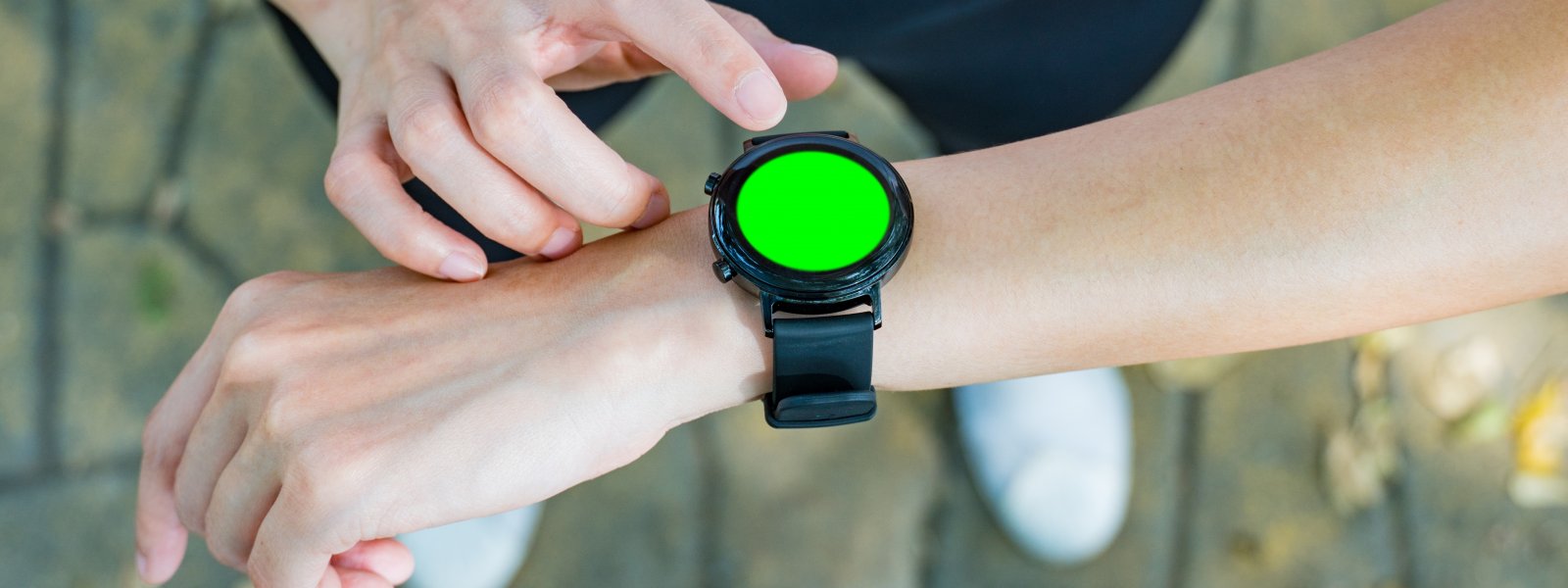Getting smart about daily activity
Technology is helping more of us than ever to get active and organised, with smartwatches tracking steps, reminding us to take medication, and much more besides. Here, two PHA UK members tell us how their wrist gadgets have made a difference to them.
Pauline Barrett lives in Nottinghamshire and was diagnosed with PH three years ago. She uses an Apple Watch, with an app called MyHeart Counts, to keep as healthy as she can.
The watch has motivated me daily both physically and mentally to keep busy, and to do as much as I can to reach my goals.
I have been using the MyHeart Counts App to perform my six-minute walking distance test at home. I still have a few hiccups, but all in all, it is proving to be an exercise I will continue for as long as possible. It has given me a new stance on life and how exercise hopefully can improve my quality of daily living.
I recently completed a steps challenge and both my watch and the app were extremely handy to register the steps. The reminders to breathe and stand, and the ability to receive your messages and alarms to remind you it is time to take your medication, are all proving to be a godsend.
It is extremely handy when your phone is in another room and your wrist starts to vibrate and you can answer it wherever you are. I don’t know who comes up with such wonderful inventions, but I am definitely hooked!”
Julie Royle lives in Manchester and has had PH since 2012. She has been using a smartwatch since the end of 2020.
“I’d seen the Apple Watch, so I was happy to be offered it as part of a study relating to PH and fitness. After having it ten months now, I wouldn’t be without it.
I follow and monitor the alerts reminding me to move, stand and do some activity. It’s been amazing as I’ve not been aware of just how active I can be, even on a poor day, especially when it comes to moving and standing.
I’m just starting to use it for sleep monitoring too. It’s made such a difference to my wellbeing and I’m more aware of my movements and activities.
It tells me my heart rate and records all these things to my phone. I can even access the weather. And because it’s linked to my phone, I can receive calls and messages on it, meaning I don’t need to rush to get my mobile.
The exercise is becoming more of a goal to me as I’m constantly looking for ways to fulfil the 30 minutes per day target which I’ve set for myself. I also have reminders and alarms set for medications.
I’m smashing the target when I’m cleaning, hoovering, ironing, changing the bed and even decorating. As a PH patient all these activities are a challenge and work your heart and lungs and some muscles, so they matter. Our homes are our gyms!
I’ve found the watch to be a great motivator for keeping me more active than I used to be. I feel better for it, and most importantly, I feel safe when I read the results and monitor my heart rate.
Plus, because it’s on your wrist 24/7, if you need emergency assistance you can call from your watch without having to reach for your phone.”
Investing in a smart watch
New smartwatches start from around £70 for the most basic makes and models, which may not fit into everyone’s price points.
Second-hand watches or refurbished models can often be found at much lower prices on manufacturer’s websites or via resellers like eBay, or community Facebook groups. It’s worth taking some time to shop around and research the pre-loved options out there.
Even without a smartwatch there are a number of excellent free apps for your phone, including MyHeart Counts, which allow you to track your activity and perform six-minute walk tests.
















